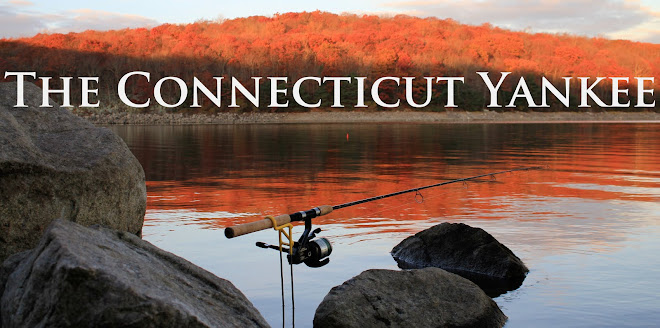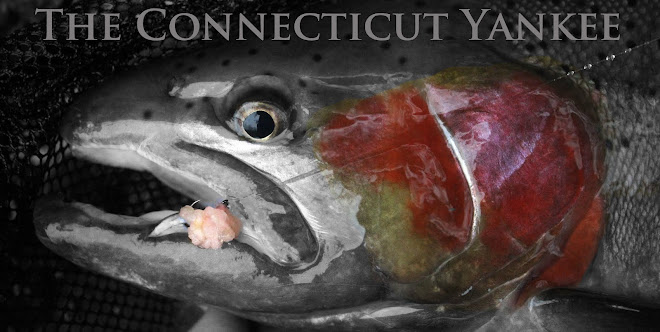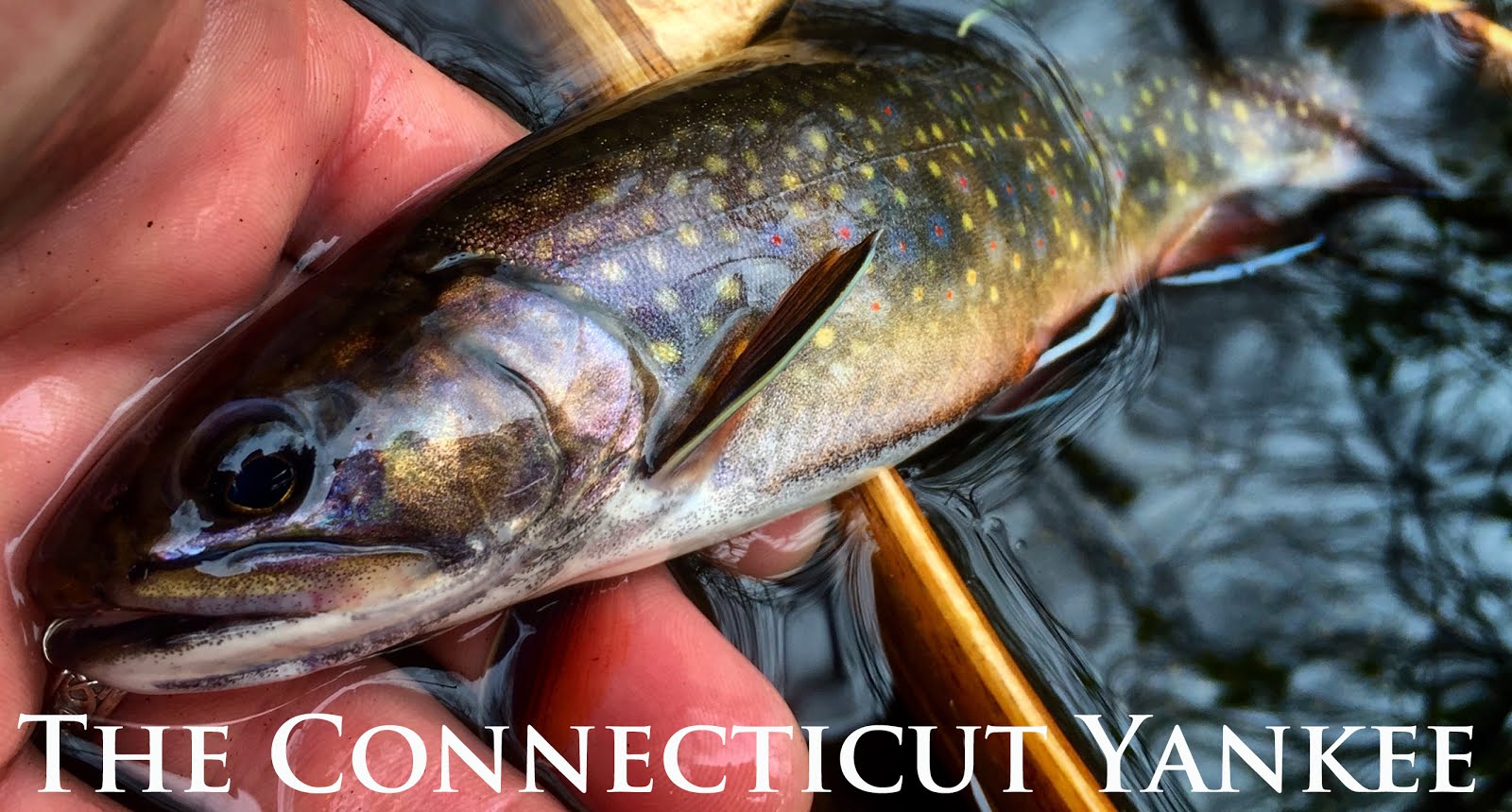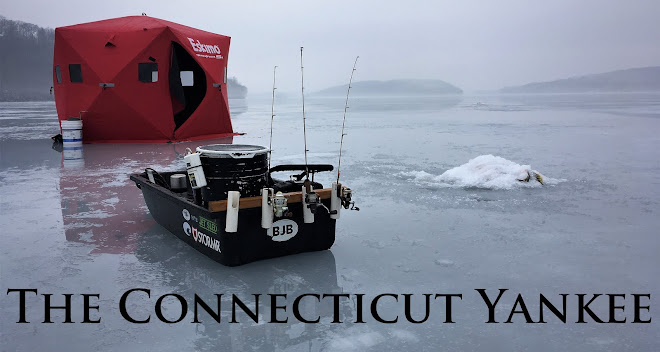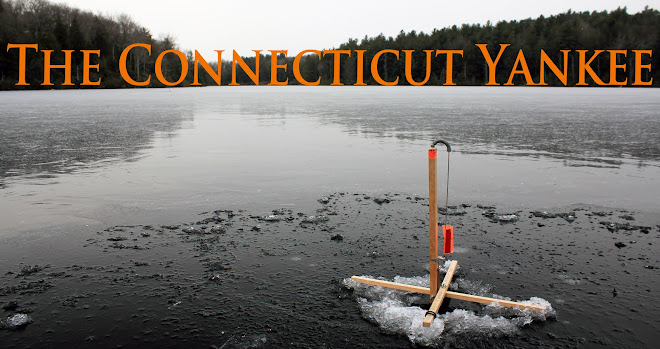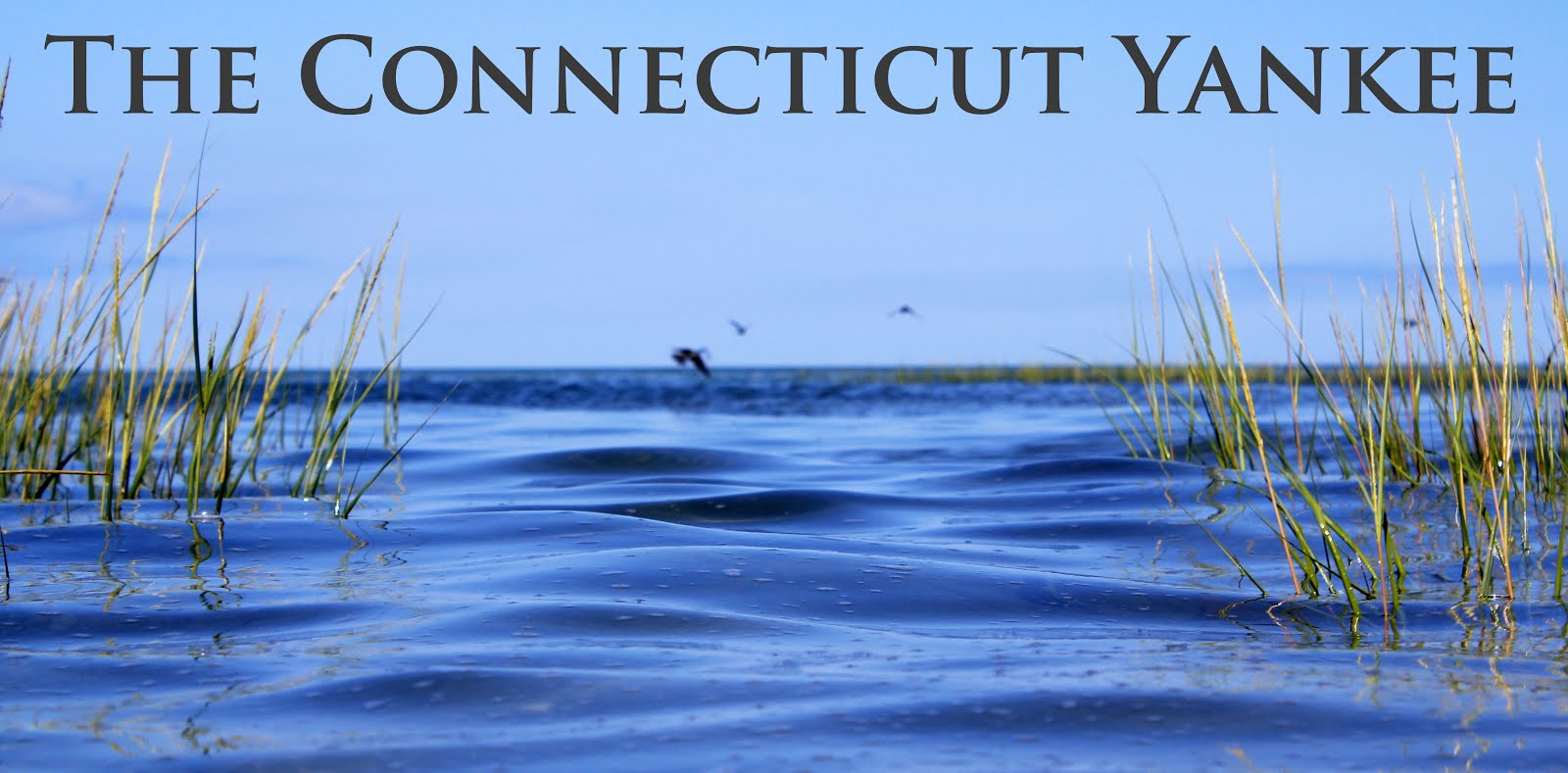It's time to prep for the upcoming ice fishing season and a big part of that means stocking up on bait. Making time to secure a bait supply months in advance of winter isn't always easy to do, but it can pay big dividends. Friends and I often use dead baits through the ice, especially when targeting northern pike. Why dead bait? Pike are known to be opportunistic feeders, even more so later in winter as their spawning season approaches. Dead baits make a big, stinky, and easy meal for pike to find. And with dead baits there is no hassle of trying to keep them alive for long periods of time or trucking them around in bucket of water--just a vacuum-sealed bag or Ziploc and you're good to go.
There is incredible diversity when it comes to pike bait. Some prefer native options like golden pond shiners, fallfish, yellow perch or sunfish. Others like to go exotic and drop down saltwater baits like sea herring, smelt, tinker mackerel, and ballyoo. One of our preferred baits is fallfish, mostly because they work well and we can catch them ourselves before winter sets in. Fallfish are silvery, elongated minnows that can tolerate summer water temperatures when most of our put-and-take trout have died off. They reach sizes of over 16-inches and will attack most any lure, fly or worm with a vengeance. Fallfish make hardy baits, dead or alive, and can be used over and over if taken care of properly.
This fall has been pretty poor for me so far in terms of catching ice bait. Some anglers have great success trapping fallfish and golden shiners, but I have yet to dive into that. I depend heavily on an ultra-light rod and reel to catch mine. Most years I tend to hit the small streams too late in the fall and discover that most fallfish are already in their winter hideouts. So more and more lately I have been relying on purchasing saltwater baits in large quantities. It saves me effort and time, but there is something really cool about catching your your bait that catches your fish.
 |
| Fallfish = Pike Candy |


















.jpg)

